Linux has evolved into a robust and versatile operating system with numerous distributions catering to various user needs. Whether you’re a developer, sysadmin, gamer, or just an everyday user, there’s a Linux distro that’s right for you. In this article, we’ll explore the top 10 Linux distributions in 2023, each with its unique strengths and focus.
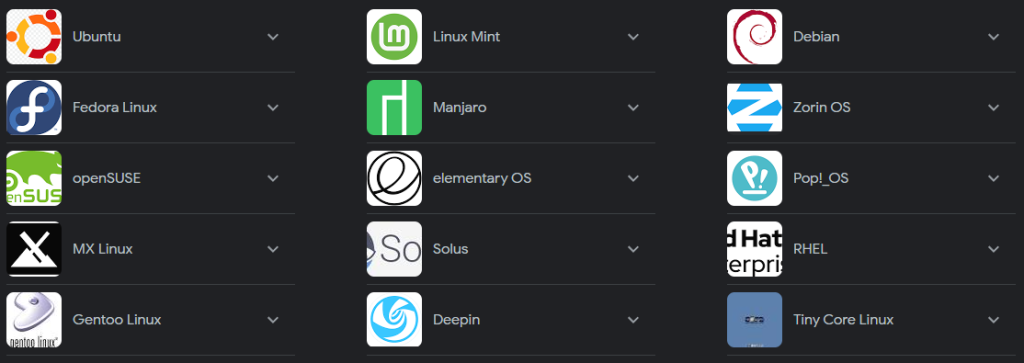
1. Ubuntu – Official Website
Ubuntu stands as a stalwart in the Linux world, renowned for its user-friendliness and expansive software repository. This distribution, maintained by Canonical, offers two primary release types: Long Term Support (LTS) and regular releases. LTS versions provide stability and support for up to five years, making them ideal for servers and enterprises. On the other hand, regular releases feature the latest software packages, catering to desktop users and enthusiasts.
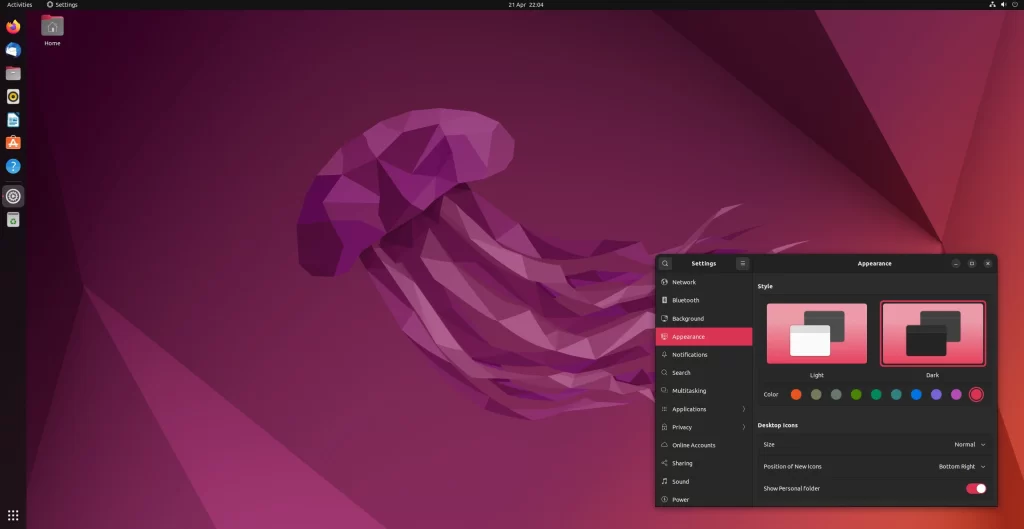
Ubuntu has undergone several significant changes over the years, including the transition from its iconic Unity desktop environment to the GNOME desktop. This move has streamlined the user experience, creating a more cohesive and familiar interface for users transitioning from other operating systems. With a robust community and excellent documentation, Ubuntu remains an excellent choice for both beginners and experienced users.
2. Fedora – Official Website
Fedora, sponsored by Red Hat, has established itself as a bleeding-edge Linux distribution focused on innovation and open-source principles. It is a favorite among developers who require the latest tools and libraries to stay at the forefront of technology. Fedora typically features the GNOME desktop environment, delivering a clean and modern interface.
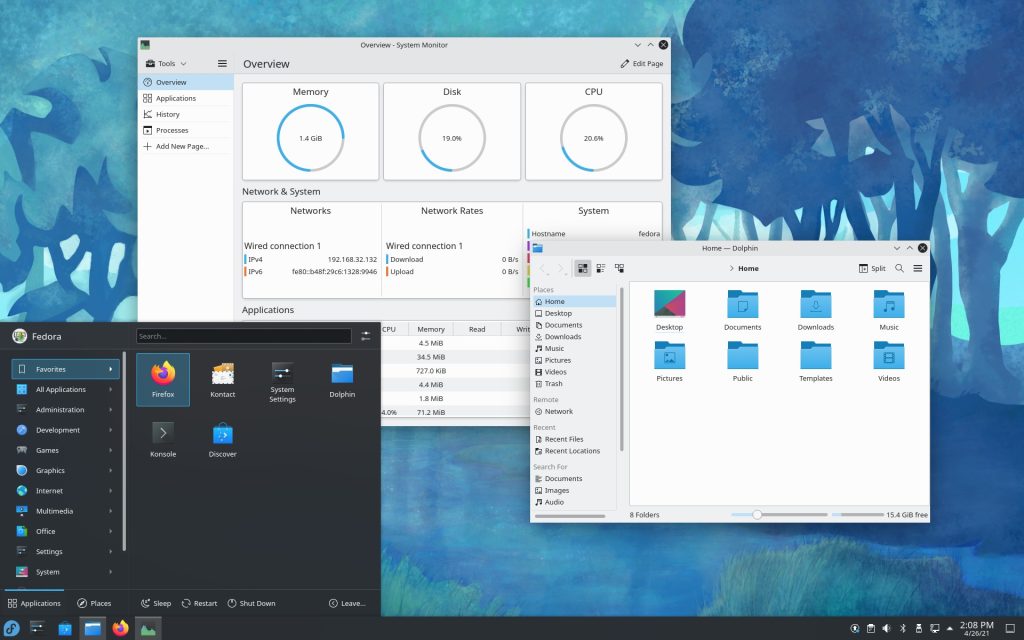
One standout feature of Fedora is its commitment to software freedom and open-source principles. The distribution emphasizes free and open-source software and provides a platform for experimentation and collaboration. Fedora’s community-driven approach fosters a spirit of innovation that attracts users looking for a cutting-edge Linux experience. Its robust package management system, DNF (Dandified Yum), ensures that users can easily install and update software packages, making it a compelling choice for developers and Linux enthusiasts alike.
3. Debian – Official Website
Debian has earned its reputation as one of the most stable and dependable Linux distributions. Known for its unwavering commitment to free and open-source software, Debian serves as the foundation for numerous other distributions, including the immensely popular Ubuntu. Debian offers a range of desktop environments, from the resource-efficient Xfce to the feature-rich KDE Plasma, providing choices to cater to various hardware configurations and user preferences.
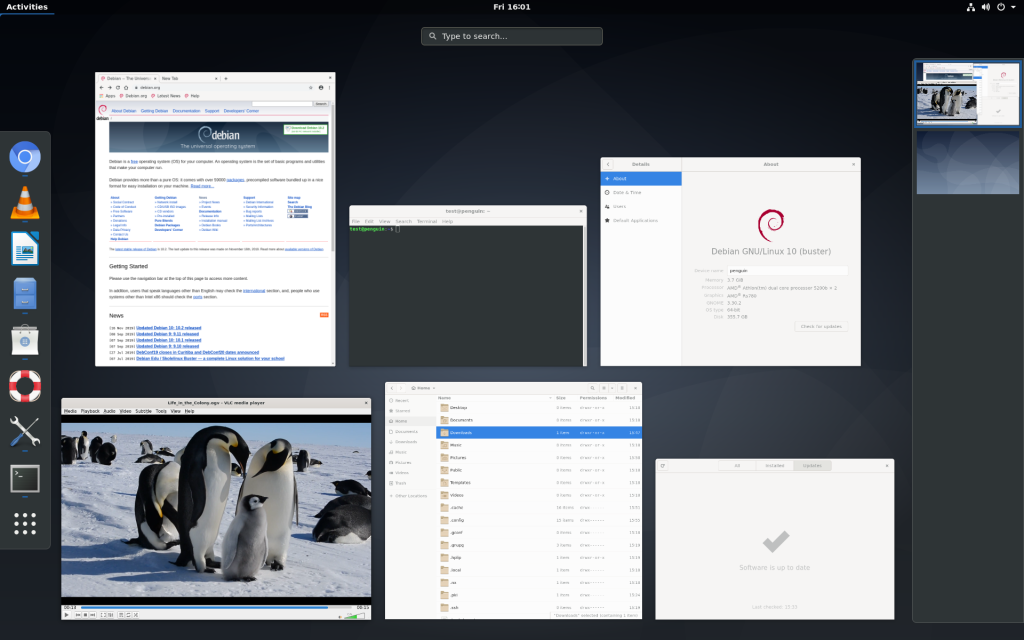
The Debian community prides itself on thorough testing, resulting in highly stable releases. It follows a release cycle that balances stability and the inclusion of newer software. Users seeking a rock-solid platform for servers or workstations often turn to Debian for its reliability and extensive package repository. Its strong focus on adherence to free software principles has endeared Debian to those who are committed to open-source ideals.
4. Linux Mint – Official Website
Linux Mint is renowned for its user-friendliness and is based on Ubuntu. It offers multiple desktop environments, with its flagship Cinnamon desktop being particularly popular. Cinnamon provides a comfortable and familiar interface for users transitioning from Windows or macOS. Mint’s developers focus on delivering a polished and straightforward Linux experience.
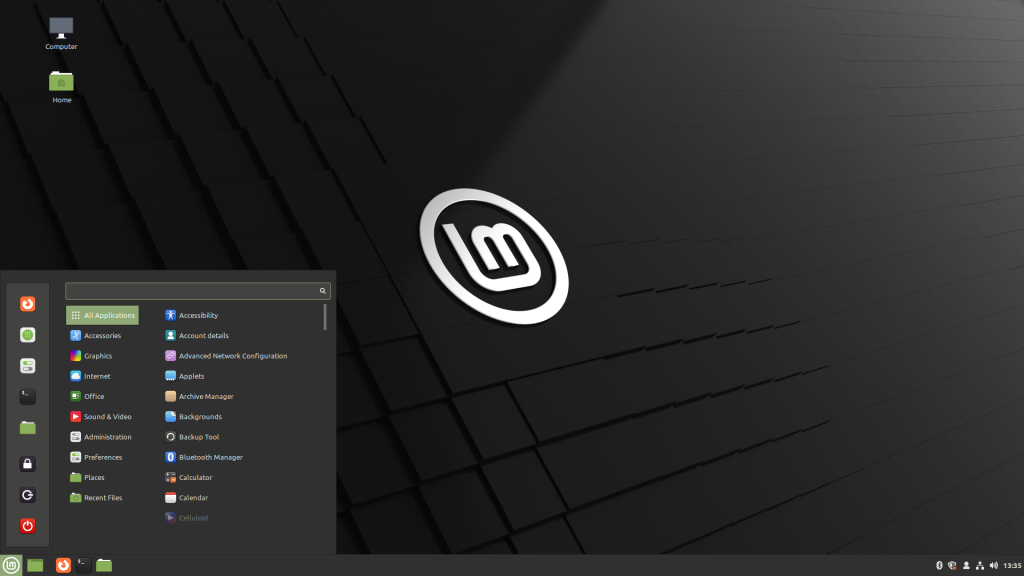
One of Linux Mint’s strengths is its attention to detail. The distribution includes essential software and codecs out of the box, ensuring a hassle-free multimedia experience. Additionally, it enjoys a dedicated community and features tools like the Update Manager that prioritize system stability and user convenience. Linux Mint is an excellent choice for individuals seeking a smooth and intuitive Linux experience.
5. Arch Linux – Official Website
Arch Linux takes a unique approach to Linux distributions. It provides users with a minimalistic base system, allowing them to build a customized system tailored to their needs. While this approach demands a steeper learning curve, it grants users complete control over their Linux environment. Arch Linux’s rolling release model ensures that users continuously receive the latest software updates.
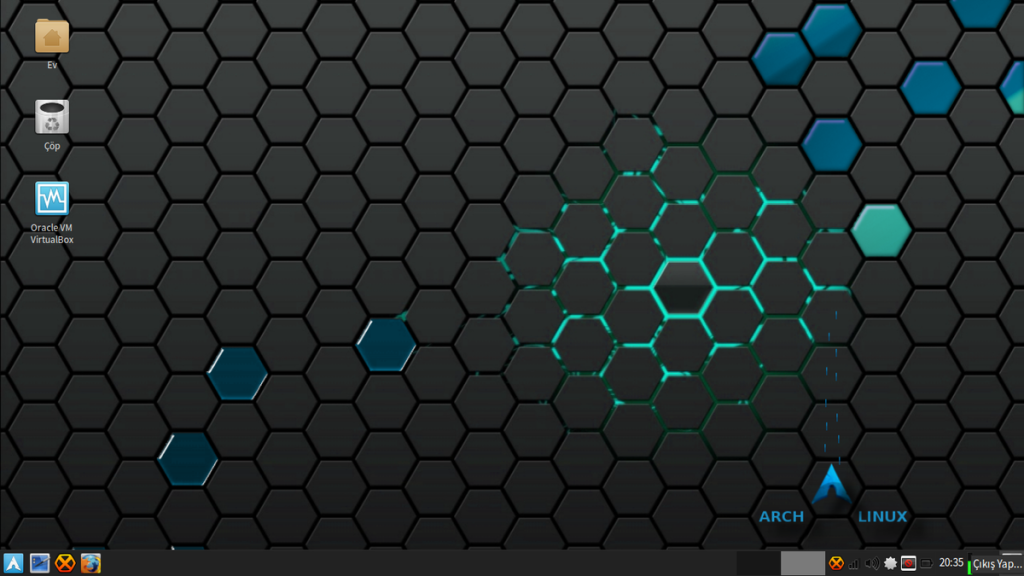
One standout feature of Arch Linux is the Arch User Repository (AUR). This vast community-driven repository contains user-contributed packages, expanding the distribution’s software offerings significantly. Arch is beloved by advanced users and those who relish the opportunity to shape their Linux experience from the ground up.
6. CentOS – Official Website
This distribution derives its strength from its close relationship with Red Hat Enterprise Linux (RHEL). CentOS Stream, in particular, is a distribution designed for those who require a balance between the stability of RHEL and access to newer software. It serves as an excellent alternative to RHEL, providing users with a free and open-source platform suitable for servers and enterprises.
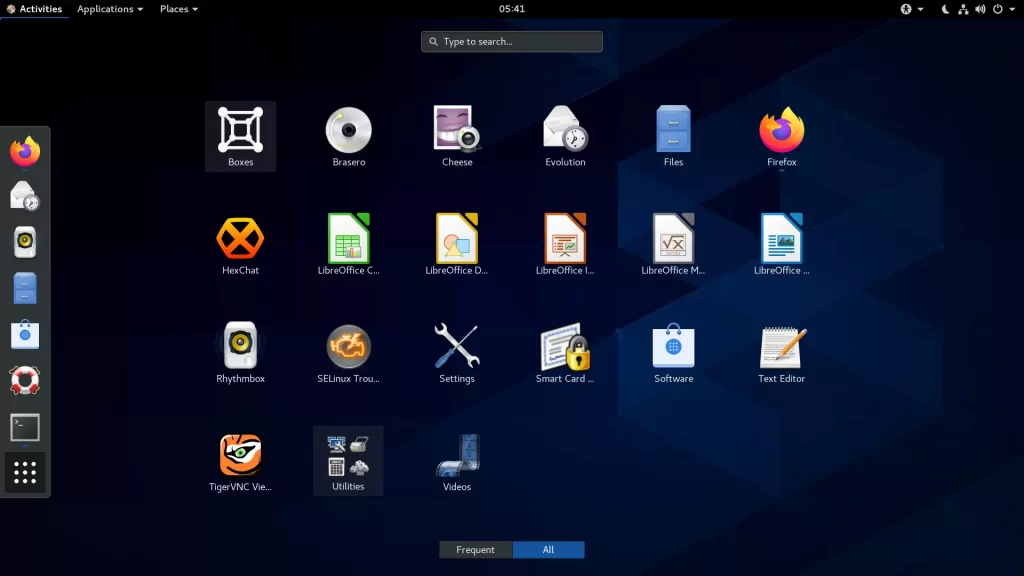
CentOS has been a long-standing choice for businesses and organizations seeking a stable and secure server environment. The distribution’s reputation for reliability and long-term support is well-deserved. While CentOS Stream caters to users who prefer a rolling release model, CentOS Linux continues to offer traditional long-term support for those who prioritize stability.
7. openSUSE – Official Website
openSUSE is a versatile distribution that offers two primary editions: Leap and Tumbleweed. Leap provides a stable, regular release with well-tested software, making it an excellent choice for users who prioritize reliability. It aims to strike a balance between stability and up-to-date software.
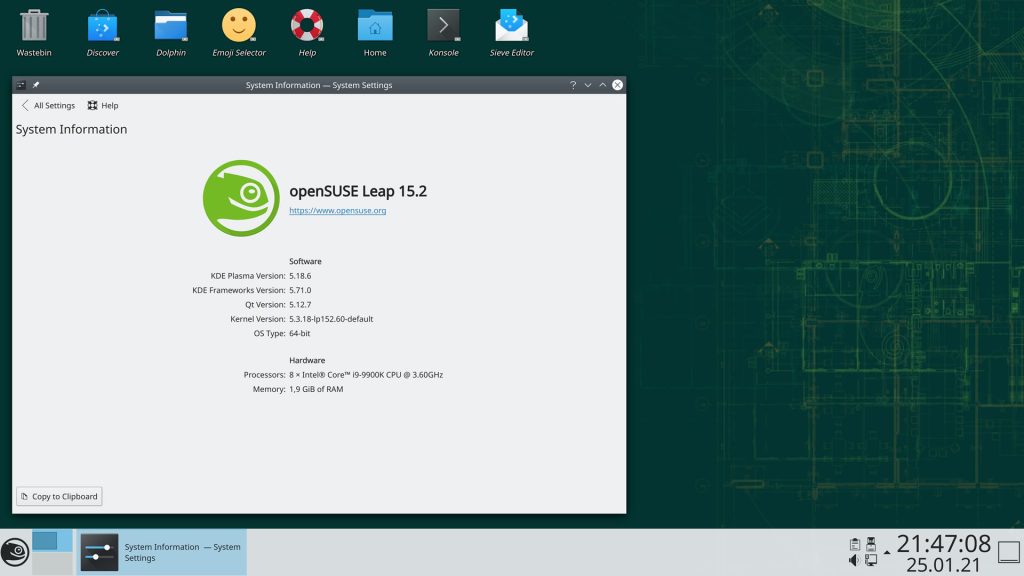
On the other hand, Tumbleweed is a rolling release that continually delivers the latest packages and updates. It’s a perfect choice for users who want to stay on the cutting edge of Linux software. openSUSE features the YaST configuration tool, which simplifies system administration and offers a wide range of customization options. With its flexibility and strong community support, openSUSE appeals to a broad user base.
8. Manjaro – Official Website
Manjaro is an Arch-based Linux distribution that bridges the gap between Arch’s flexibility and user-friendliness. It offers multiple desktop environments and a user-friendly installer, making it accessible to both beginners and experienced Linux users. Manjaro maintains compatibility with the Arch User Repository (AUR), providing access to a vast collection of user-contributed packages.
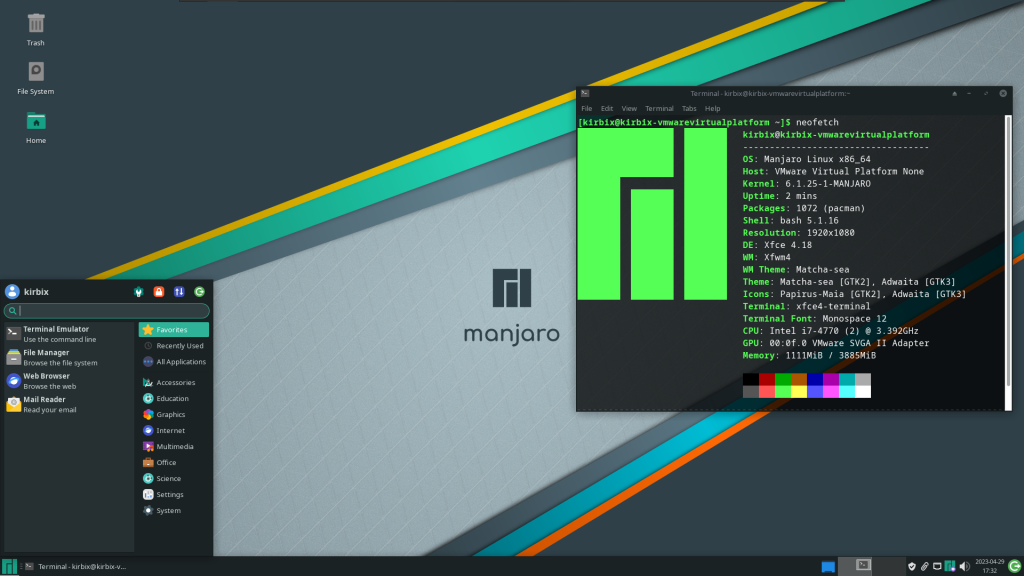
One of Manjaro’s strengths is its ease of use. It employs a rolling release model to ensure users have access to the latest software updates. The distribution also provides a robust graphical interface for software management and system configuration, making it an attractive option for those who appreciate Arch Linux’s benefits without the initial setup challenges.
9. Kali Linux – Official Website
Kali Linux is the premier Linux distribution for cybersecurity professionals, ethical hackers, and penetration testers. It comes equipped with an extensive selection of pre-installed security tools, simplifying the setup for those engaged in digital forensics, penetration testing, and security research.
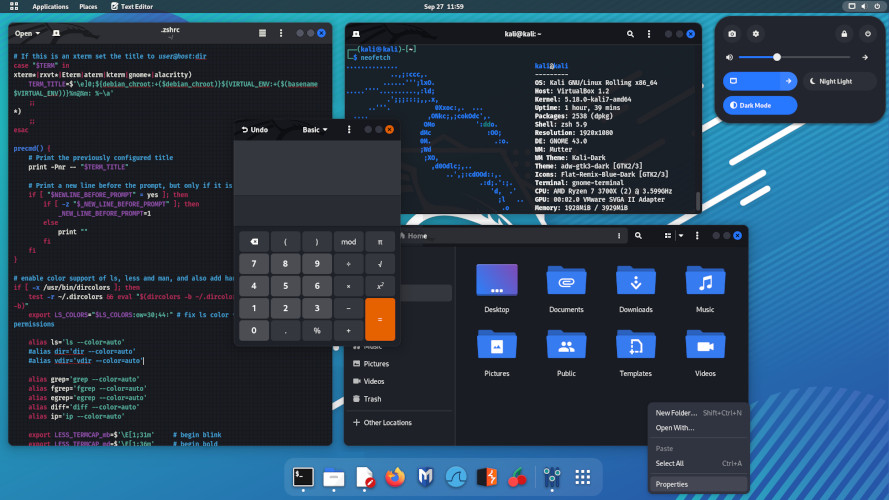
Kali Linux is not intended for general-purpose computing but excels in its niche. It offers a secure environment for conducting security assessments and penetration testing. The Kali Linux community and maintainers are dedicated to maintaining a robust and up-to-date suite of tools for security professionals. If you’re in the field of cybersecurity, Kali Linux is a valuable resource.
10. Pop!_OS – Official Website
Pop!_OS is a Linux distribution developed by hardware manufacturer System76, designed for a seamless experience on their computers. Based on Ubuntu, Pop!_OS aims to provide optimal performance and user experience on System76’s hardware while offering compatibility with a wide range of systems. It features the GNOME desktop environment, providing an intuitive and efficient interface.
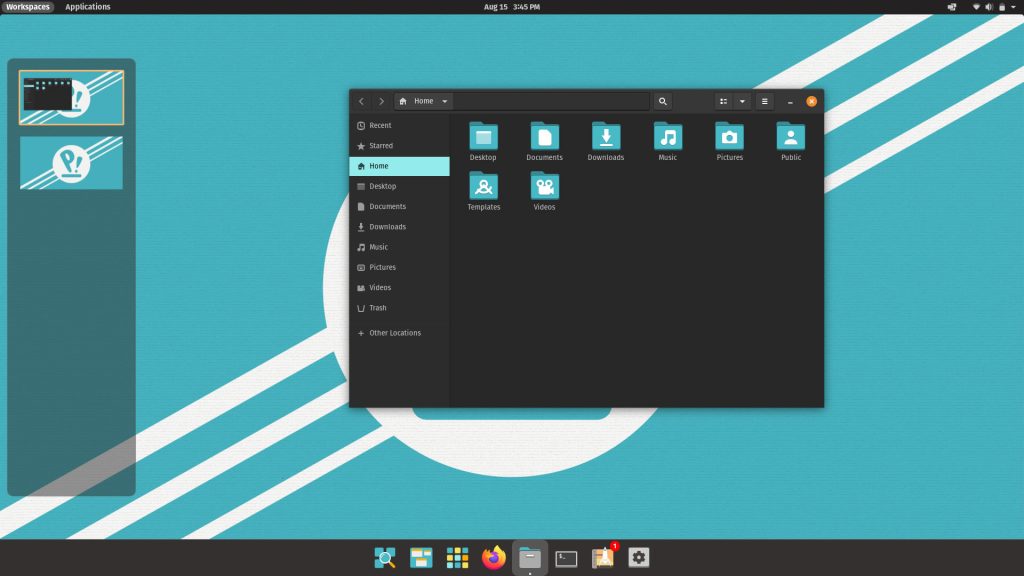
Pop!_OS focuses on delivering a responsive and visually appealing desktop environment. System76 actively contributes to improving the Linux desktop experience and provides a range of features and optimizations that enhance productivity. While Pop!_OS is closely aligned with System76’s hardware offerings, it’s suitable for anyone seeking an efficient and user-friendly Linux distribution.
Final Thoughts
In the world of Linux, diversity reigns supreme. The top 10 Linux distributions in 2023 offer a vibrant spectrum of choices, each tailored to different user needs and preferences. Whether you’re a developer seeking the latest tools, a server administrator prioritizing stability, or a security professional safeguarding digital frontiers, there’s a Linux distro that aligns with your objectives.
Ubuntu and Fedora stand as shining examples of user-friendly and innovation-driven Linux experiences. Debian maintains its stalwart commitment to open-source principles, while Linux Mint offers a welcoming environment for those transitioning from other operating systems. Arch Linux provides a playground for the adventurous, and CentOS bridges the gap between stability and new software.
openSUSE impresses with its dual offerings of stability and cutting-edge updates, while Manjaro simplifies the Arch experience for all. Kali Linux reigns supreme in the realm of cybersecurity, while Pop!_OS delivers an exceptional user experience, especially on System76 hardware.
These distributions showcase the depth and versatility of the Linux ecosystem, driven by a passionate and diverse community. As you embark on your Linux journey, consider the needs of your projects, and explore the distribution that resonates with your goals. With Linux, the power to shape your computing experience is in your hands, and these top 10 distributions provide the tools and resources to make your Linux adventure extraordinary.